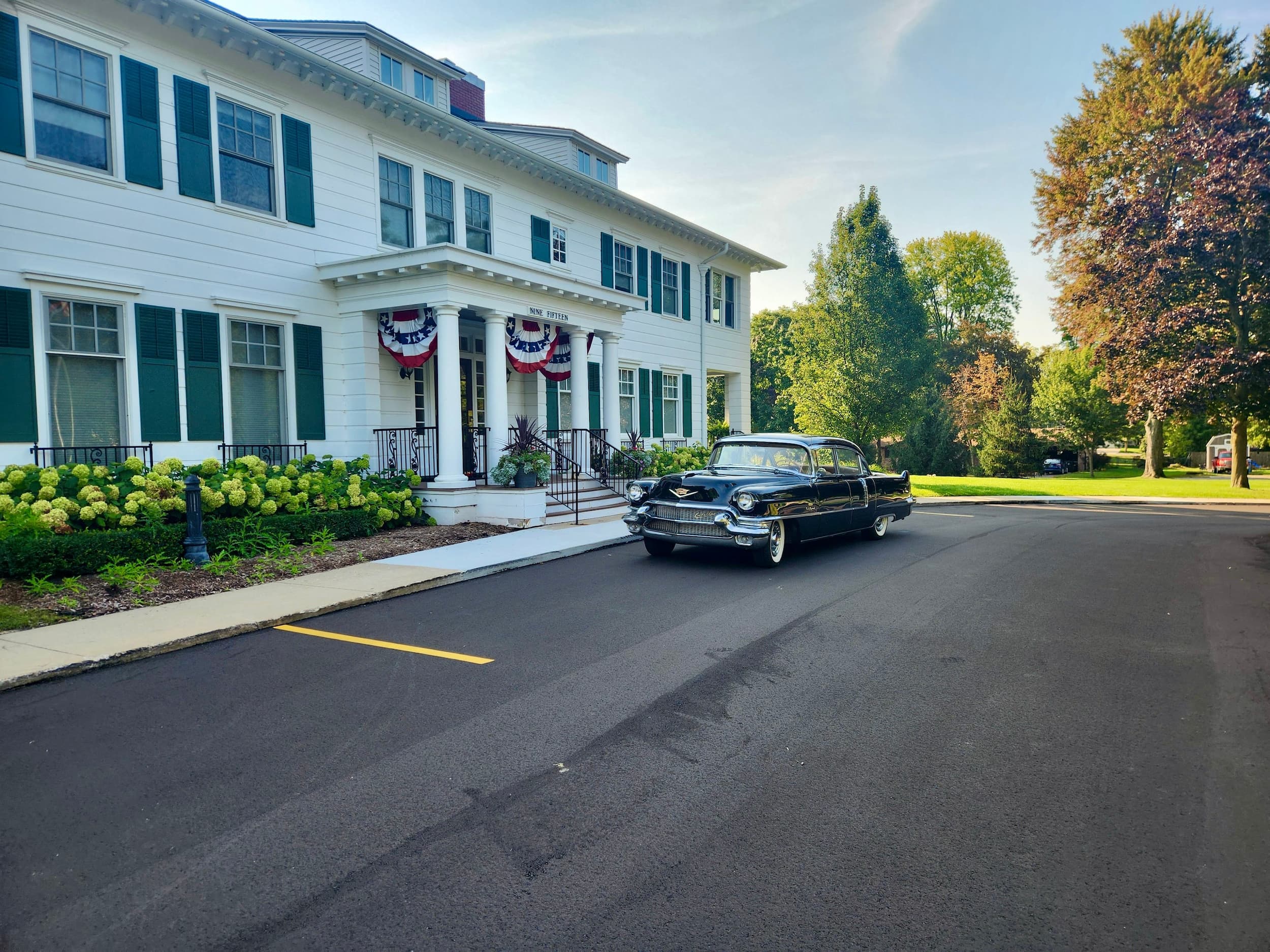Posted in Uncategorized

This article originally appeared in Intellectual Property Magazine.
As a patent attorney who has been in-house, I’ve pretty much seen it all: the good, the bad, and even the ugly. I’ve worked against the limitations of time and resources and with numerous outside patent firms. It wasn’t all that long ago that I was experiencing firsthand the frustrations that I hear from many in-house patent attorneys.
Now that I am a patent attorney in private practice, I have perspective that may be helpful to those in whose shoes I have stood in dealing with those frustrations, help them stay ahead of the competition using patents, and get the most value from their patent budget.
Click here to view and download a PDF of the article as it appeared in Intellectual Property Magazine.
Overwhelm and overcharge
Large law firms tend to produce an equally large amount of paperwork. In my experience, it was common to receive a seemingly simple reporting of a US Patent and Trademark Office Office action that would total 10 pages or more. Most of that content is typical boilerplate language and form letter content, much of it containing basic background that I would flip right past to get to the final two pages or so of actual legal analysis and recommended courses of action. For a company filing 50 or more patents per year, the difference in billable time between a two-page letter and a 12-page document can translate to thousands of dollars per action – multiplied by 50, that can really add up!
What I finally worked out with my outside representation was an agreement that I would only receive the two to three pages of specialised expertise and action recommendations, not the summary and boilerplate background. I really appreciated the time and cost savings inherent in cutting to the chase – and those benefits resulted from a simple conversation. A leaner approach that is more aligned with client preferences may reduce billings in the short-term, but will almost certainly improve relationships over the long-term.
Handoffs and end-arounds
At large law firms it’s no secret that associates of varying degrees of experience do a bulk of “the work”. And while there’s nothing wrong with junior-level attorneys performing tasks such as research and preparing drafts of documents, what frustrated me as in-house patent counsel was the inevitable miscommunication of information whenever there was a transfer of knowledge. A partner may work directly with in-house counsel to establish priorities and strategy, then move on to business development (latest new client) or more significant matters (not you), while handing off next steps to an associate. Compounding the “lost-in-translation” frustration is when associates turn over and take the next steps in their career paths, leaving both in-house and outside counsel to bring new personnel up to speed, and that takes time, resources and creates margin for error and omission.
I overcame this frustration by finding a more nimble patent firm who I knew would remain committed to the matter and would provide both the high-level strategic expertise, as well as the additional sets of eyes, ears, and hands that could support my workload. With such a firm, there is more stability, and turnover is not an issue. You can build a relationship with that patent attorney such that he or she knows your business, your technology, your competitors, and where your company is headed.
Outsiders looking in
In-house counsel tend to rely on outside support to provide highly technical specialists where their general expertise may need additional resources. But it can be difficult for outside counsel to have a genuine, intimate, and complete understanding of the company’s operations, vision, workflows, processes, and so on, when they aren’t inside its walls day-to-day. Unfortunately, it’s not practical (let alone affordable) to have a partner at a large outside firm come in and meet with engineers, review every patent, and be on-site with regularity.
As in-house patent counsel, I was able to establish close, personal working relationships with colleagues and subject matter experts. In- house counsel should encourage, and outside counsel should request, frequent meetings and visits with stakeholders in order to truly learn a client’s business. An expert’s intimate knowledge of the market landscape, competitors, and the culture of the company is critical institutional capital that should be protected and optimised at whatever cost is feasible.
Keeping up with the times
Technology pivots and accelerates so quickly these days that it is common for companies to neglect to keep pace with their patent filing strategy. For example, the pace at which hybrid, electric, and autonomous automobile technology is evolving is nothing short of revolutionary. What seemed inconceivable a decade ago is quickly becoming commercialized and widely available. In this example, perhaps it would be wise for automotive manufacturers and suppliers to take a closer look at their patent filing and renewal strategies. A question I would ask is: are we over-protecting our internal combustion engine IP and too slowly innovating and protecting modern technologies and IP assets in the electric/autonomous arena?
Patent counsel at large law firms may not necessarily spend enough time thinking in that context on your behalf, as it is likely no formal engagement to “think proactively” is on their to-do list. By engaging with an outside patent attorney at a more nimble firm to serve as a counsel “co-pilot” of sorts, you can affordably monitor the patent landscape on your behalf to make certain you are optimally allocating IP resources and expenditures on the here, now and future… and maybe less so on the past.
Slow to move, late to respond
There are a lot of (often slow) moving parts within large law firms. In matters that require quick action or extended periods of analysis, the time lost in the steps it takes for a matter to make it through the bureaucracy can cost you crucial days or weeks lost. By the time an office action is first received by a large firm, processed through docketing, forwarded to an assistant, routed to a partner for review and assignment, then given to an associate with action items, you may have lost weeks or more before you, as in-house patent counsel, are even made aware of the matter at hand. As a result, you may have to scramble to obtain inventor input, coordinate with the associate, and then the whole process repeats in reverse.
Counsel can file for extensions, of course, but those eat away at the budget, are unnecessary, and provide you with no value. Naturally, you want to avoid paying extension of time fees and arguing with the firm about whose responsibility it is, or you may not even realise that these extension fees are eating into your budget.
The best course of action – and my preference, as both in-house counsel and outside representation – is to route matters within a week of receipt. Why lose precious time and be forced to rush a reply to the office action? Plus, delays on the applicant side take away from the patent term length – which could mean a year or so of additional royalty payments or damages, for example. I also make it a matter of process to follow up with prompts and reminders to in-house counsel that agree to receive them so that nothing sits too long on either my desk or theirs, and no time is wasted.
Closing thoughts
I consider the optimal relationship with in-house patent counsel to be one who has been in your shoes, knows the challenges and constraints, how to get the most out of your patent budget, and, most importantly, how to stay ahead of the competition.
If you are looking for outside counsel that has been in your shoes, contact me to schedule a conversation on how I may be able to help, at [email protected].
Disclaimer & Notice: The content of this article does not constitute legal advice. The information presented herein is for informational use only. Not responsible for the actions or failures of third parties. Not responsible for any action or inaction based on the content of this article. The content of this article is solely the opinion of the author(s) and may not necessarily be those of Remenick PLLC, its clients, or members. Reading this article does not constitute the establishment of an attorney-client relationship. Any communication received will not be confidential unless and until an attorney-client relationship is established by an engagement letter. The content of this article may not be current as of the date of access and may be removed or updated without notice. Consult with legal counsel before undertaking any legal action.


